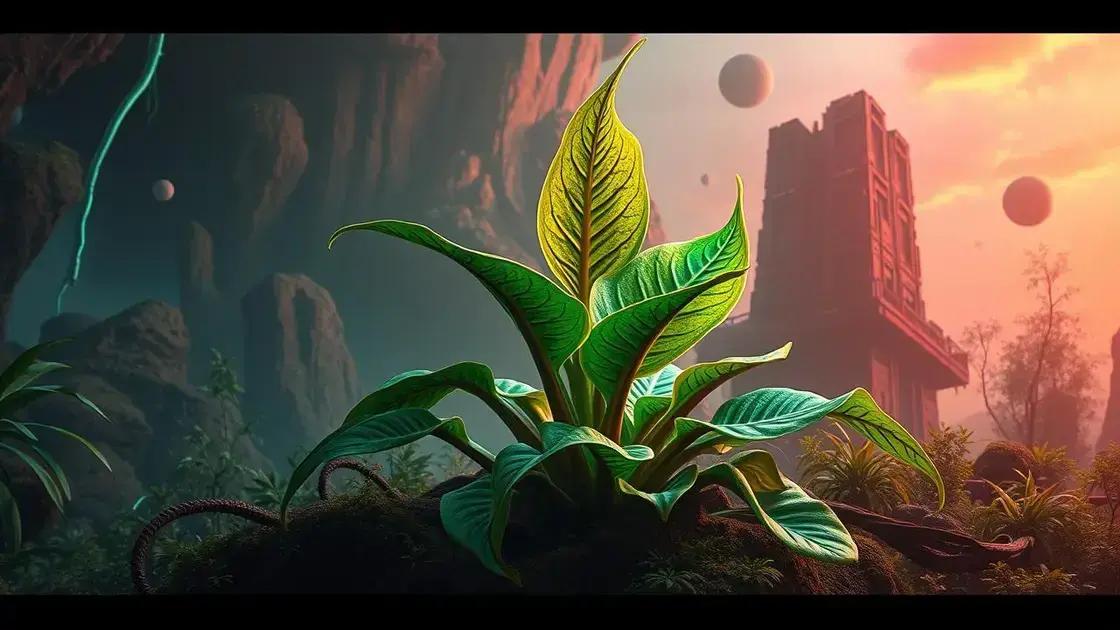How to Care for a Dracana Plant: 7 Essential Tips You Must Know
How to care for a dracana plant is a question many indoor gardeners ask. With its striking foliage and resilience, this plant can brighten any space. However, proper care is essential for its longevity and appearance. Discover tips tailored to help your dracaena thrive.
Table of Contents
ToggleUnderstanding dracaena plant watering needs
Understanding dracaena plant watering needs is crucial for optimal growth and health. Dracaena plants thrive in well-drained soil that retains some moisture but does not become waterlogged. It’s essential to strike a balance between keeping the soil wet enough for your plant to grow while preventing overwatering, which can lead to root rot.
Watering frequency for dracaena plants
- Water your dracaena plant when the top 1-2 inches of soil feel dry.
- In general, this may mean watering every 1-2 weeks, depending on humidity and temperature conditions.
Signs of overwatering
- Yellowing leaves
- Wilting despite wet soil
- Bad odors from the soil
- Root rot (can be checked by removing the plant from its pot)
Signs of underwatering
- Browning leaf tips
- Leaves dropping off
- Soil pulling away from the pot’s edges
Best practices for dracaena watering
- Use room temperature water.
- Ensure the pot has drainage holes to prevent water accumulation.
- Adjust your watering schedule to the plant’s environment, considering factors such as humidity and season.
- Consider supplementary misting during dry months to maintain humidity.
Watering techniques
When you water your dracaena plant, apply enough water until it flows out of the drainage holes at the bottom. This ensures that the entire root ball is evenly moist.
Understanding your dracaena’s environment
Monitoring the conditions around your dracaena is essential for effective watering. For instance, during the growing season (spring and summer), your dracaena may require more frequent watering than in the dormant months (fall and winter). For additional support, exploring indoor gardening techniques can offer valuable insights.
Conclusion
Understanding dracaena plant watering needs helps you maintain a thriving indoor garden. By paying close attention to signs of both overwatering and underwatering, you can provide your dracaena with the proper care it needs to flourish.
The best soil for dracaena plants

The best soil for dracaena plants is critical for their health and growth. Dracaena thrive in a well-aerated mix that drains well yet retains some moisture. Choosing the right soil can make a significant impact on how your dracaena develops.
Key soil characteristics for dracaena plants
- Good drainage: Prevents waterlogging and promotes root health.
- Aeration: Supports oxygen flow to the roots.
- Moisture retention: Holds enough water for the plant without becoming overly soggy.
Recommended soil mixtures
- A mix of potting soil and perlite (2:1 ratio).
- Commercial cactus mix: Provides excellent drainage.
- Custom blend: Combine 40% peat moss, 30% perlite, and 30% pine bark.
Soil pH considerations
Dracaena plants prefer slightly acidic to neutral pH levels, ranging from 6.0 to 7.0. Testing your soil pH can ensure optimal nutrient availability.
Signs of poor soil quality
- Yellowing leaves, indicating nutrient deficiency.
- Root rot symptoms from excessive moisture retention.
- Slow growth or stunted development.
Importance of repotting
Repot your dracaena every 1-2 years to refresh the soil and provide nutrients. This also allows more room for root growth.
Supplemental feeding
For optimal growth in addition to good soil, consider using a balanced fertilizer during the growing season. For more information, exploring indoor gardening techniques can offer additional insights.
Conclusion
Choosing the best soil for dracaena plants not only affects their appearance but also their overall health. With the right mix, your dracaena will flourish.
Common dracaena problems and solutions
Common dracaena problems and solutions are crucial for maintaining the health of your plant. Understanding and addressing these issues can help you ensure a thriving indoor garden.
Frequent issues faced by dracaena plants
- Yellowing leaves
- Brown leaf tips
- Wilting or drooping foliage
- Stunted growth
Understanding yellowing leaves
Yellowing leaves on your dracaena can indicate overwatering or nutrient deficiency. Check the soil moisture and consider fertilizing if necessary.
Dealing with brown leaf tips
Brown tips often suggest underwatering or low humidity levels. Increase your watering frequency and consider misting the leaves to elevate humidity.
Resolving wilting or drooping foliage
If the leaves are wilting, assess the watering routine. Both overwatering and underwatering can lead to drooping. Adjust your schedule based on the moisture level.
Addressing stunted growth
Stunted growth can arise from poor soil quality or lack of nutrients. Ensure your dracaena receives an adequate fertilizer regimen. For more information on fertilizers, exploring indoor gardening techniques can provide additional insights.
Preventative measures for common problems
- Regularly inspect leaves for pests.
- Monitor soil moisture to prevent root issues.
- Provide adequate sunlight, monitoring exposure levels.
Conclusion
By understanding these common dracaena problems and solutions, you can take proactive steps to maintain a healthy and vibrant plant.
In conclusion
Caring for a dracaena plant encompasses understanding its watering needs, selecting the best soil, and addressing common problems effectively. By implementing the tips discussed throughout this post, you will create an environment where your dracaena can thrive. Don’t forget that monitoring your plant’s health and adjusting care practices are key to successful indoor gardening. For even more insights, check out these tips on enhancing your indoor garden.

